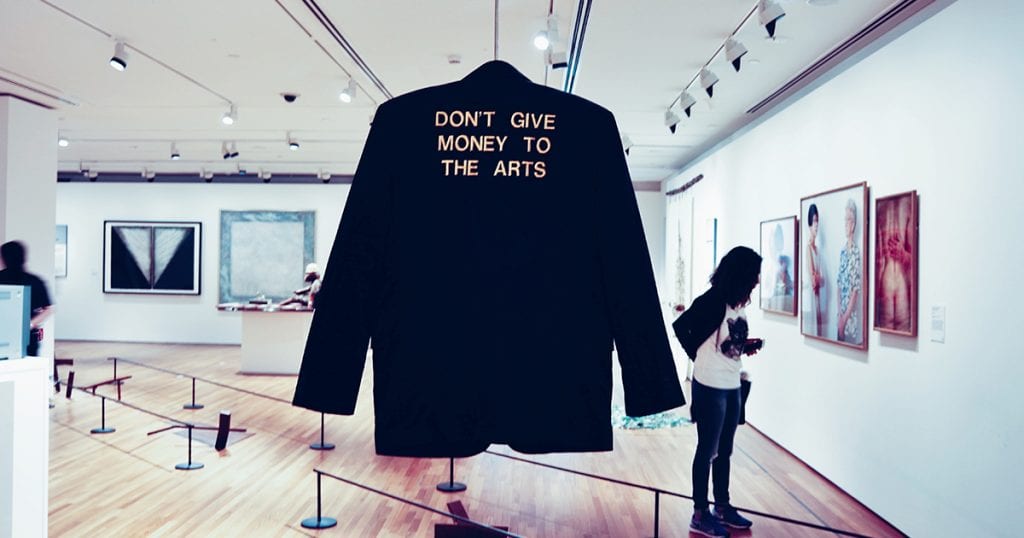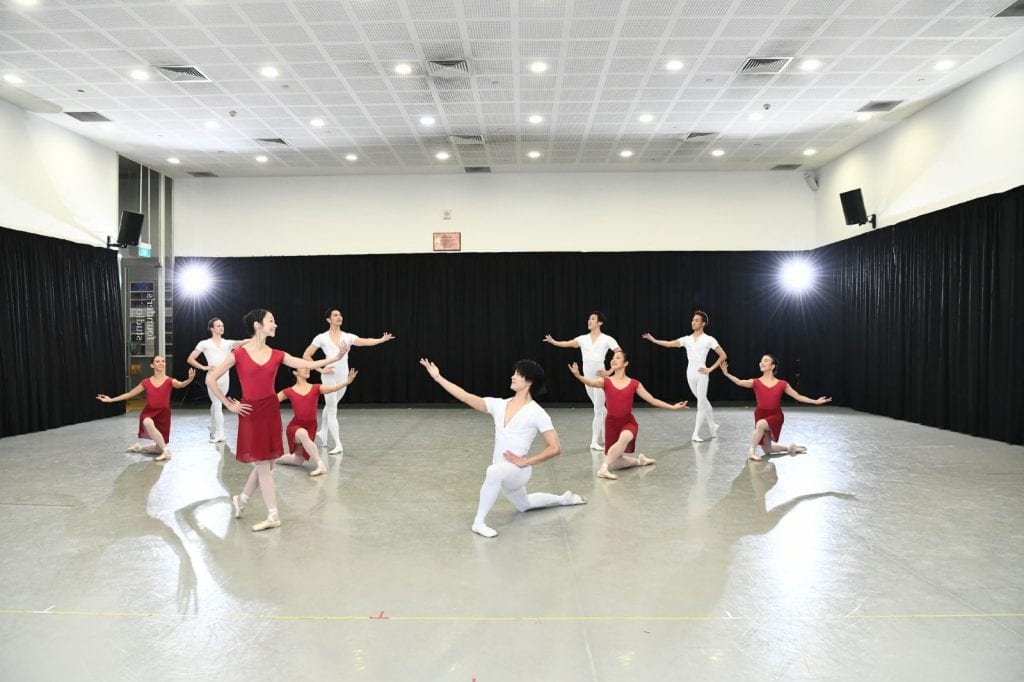Even critics can laud Singapore’s Arts scene as unwaveringly resilient, if they will concede nothing else. Poetry has been touted as “a luxury we cannot afford” and artists were dismissed as “non-essential” amidst Covid-19. The pandemic hit the Arts hard; money quickly dried up, with virtual fundraisers organised in a bid to tide the community over. Still, the Arts seem to persist through it all.

What is the state of the Arts in Singapore?
Today, local art spans diverse mediums, from painting to theatre, music and homegrown literature affectionately dubbed SingLit. All this is possible through ground-up efforts from everyday Singaporeans, their support withstanding even deep-seated perspectives of the Arts as ancillary to daily life. Indeed, there are limited spaces for the Arts, which cuts especially deep since such spaces are crucial for visibility and for artists to hone their craft.
Yet, the Arts have proven time and again to uniquely impact society. Burgeoning art scenes generate revenue, and the Arts are creative means in socio-political spheres to express complex ideas publicly. The Arts also bring catharsis: how many of us have listened to sad songs through challenging times?

Why should your business care about the Arts?
Still, to many corporates, the Arts take a low priority relative to profit margins and brand building. Sure, supporting the Arts would be a worthwhile cause, but is there anything else in it for me?
In fact, the myriad business benefits of the Arts have long been overlooked. There is more to how art’s expressive inventions intersect with sleek corporate efficiency than what meets the eye––and it is precisely because the two seem so disparate that they complement each other.
Businesses can use interesting, accessible art mediums to connect with consumers, who might be otherwise put off by impersonal transactions. In other words, your engagement with your target audience becomes more relatable, and therefore more effective.
Moreover, your business expands its outreach into the cultural sphere, broadening appeal and exposure. Through unique arts-based marketing, you’ll break out from corporate monotony to capture consumer attention. Converse’s sustainability and equality campaign with Jewel Changi commissioned artist Tan Zi Xi to paint a mural (the paint used was air-purifying!), and her dreamy colour palette and tropical verdancy were immediately enrapturing. Converse presented itself as a socially conscious brand aligned to consumer values––all while supporting a local artist. I’d call that successful marketing.

Finally, an emphasis on creativity makes for more innovative and motivated employees. It may attract more diverse talent to the company, making for a dynamic, adaptable workplace. All this goes to show that championing the Arts isn’t just feel-good charity but a tenable strategy that’s good for business.
How is your corporation uniquely positioned to support the Arts?
It isn’t just the business perks that make supporting the Arts ideal for corporates. Companies are also most capable of offering meaningful support to Singapore’s Arts community.
For one, businesses help the Arts to reach varied sectors beyond their niche. Art used in a brand’s marketing gains wider visibility that typical avenues used by Arts institutions rarely achieve. Not to mention that support from well-known brands legitimises arts institutions and can help to shift mindsets on the Arts’ relevance.
What other resources can companies offer? Sponsorship of Arts organisations eases financial strain for creativity to flourish, often with greater flexibility. Keppel Corporation’s pledge to advancing the Arts commits to consistent Arts exposure. At Keppel Nights at Esplanade, youth are taught Arts appreciation through experiential learning. The Keppel Centre for Art Education at National Gallery Singapore has also become a mainstay in Arts education, a place where children’s cultural capital finds nascence.
It isn’t just Keppel that provides dedicated spaces for the Arts, no strings attached. Leasing and logistical support by corporates allow Arts organisations to take a more long-term approach to their craft. For CapitaLand, this means giving Singapore Dance Theatre (SDT)’s dancers a home to go en pointe in their Bugis+ mall, an improvement that gives SDT more than just the gift of space.
As SDT’s artistic director Janek Schergen says, “The new space is immeasurably better than our old home at Fort Canning Park. The studios have been designed to specification. The walls are glasses and mirrors, allowing […] members of public to see what we do. And our efforts to engage with the public have been 100 times more successful because of the accessible location near Bugis MRT.”

It’s undeniable that the Arts scene in Singapore has come a long way––in some ways, it is the challenges that the community has overcome that gives it its gutsy liveliness. Yet, for the Arts to continue thriving, our businesses must lend support to the areas the community needs most. From funding institutions to providing market visibility, your business too will grow by supporting the Arts.
Why not give championing the Arts a shot? Head to giving.sg/arts to find out how you can make a difference in our Arts community!



















